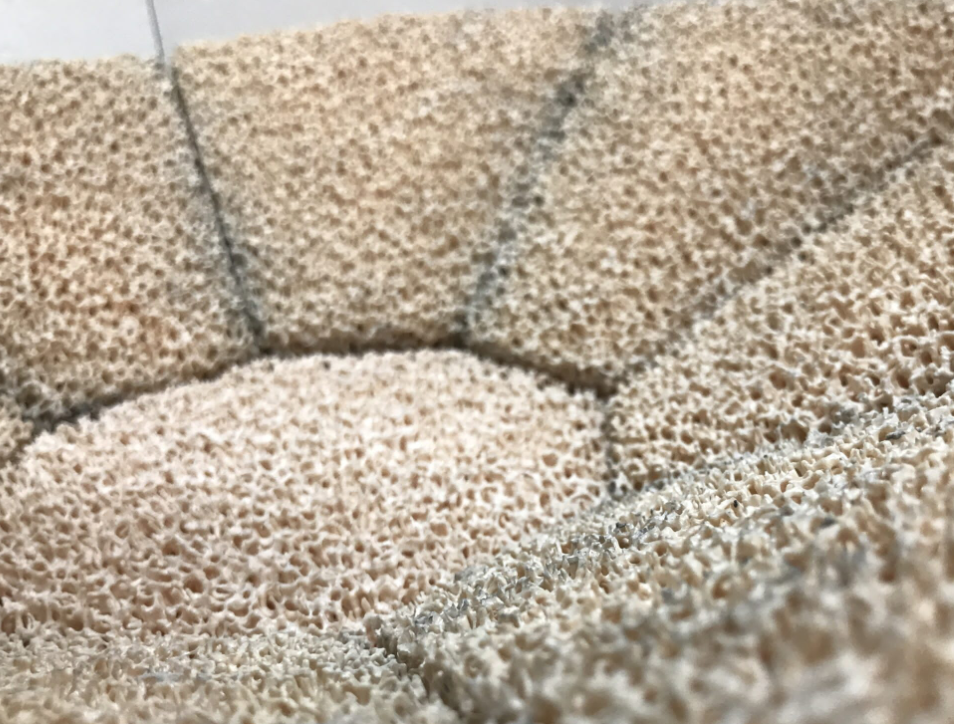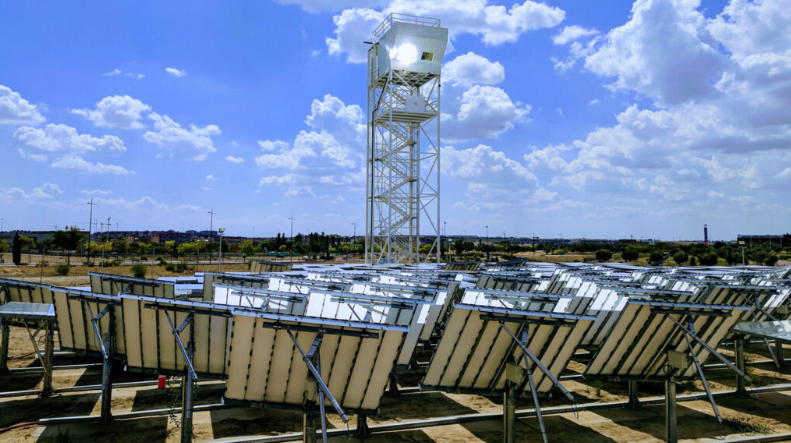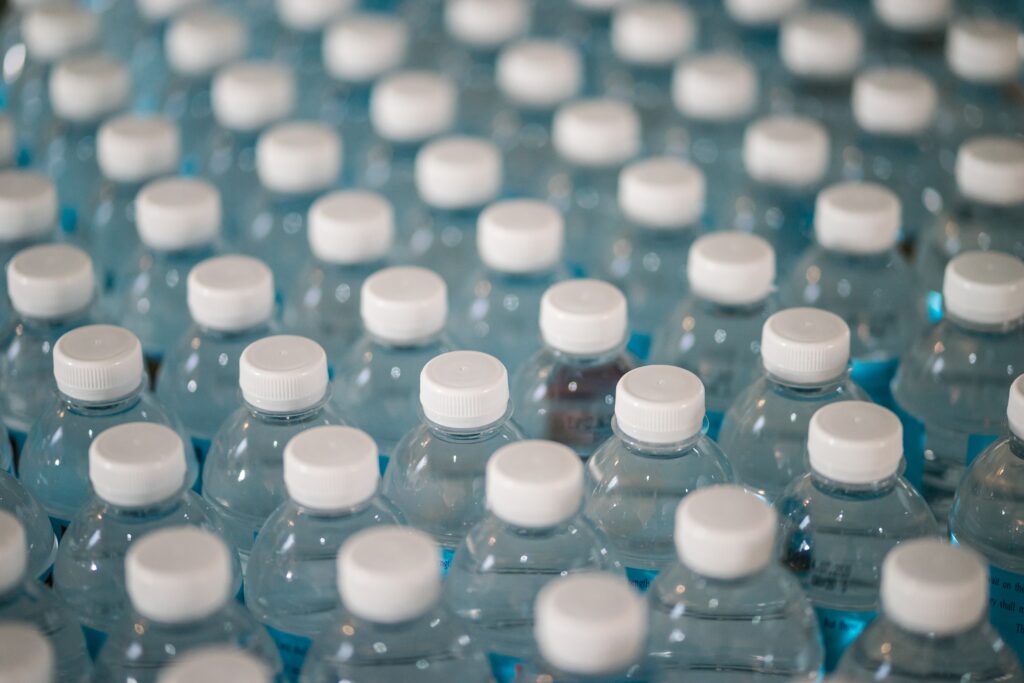Jet fuel from sunlight, air and water vapor?

Jet fuel can now be extracted from the air or at least that’s the case in Spain, where researchers showed that an open-air system could produce kerosene, used as jet fuel, with three simple ingredients: sunlight, carbon dioxide carbon and water vapor. Solar kerosene could replace petroleum-derived jet fuel in aviation and help stabilize greenhouse gas emissions, the researchers report. Burning solar-derived kerosene releases carbon dioxide, but only in the amount used to produce it, making the fuel carbon neutral, especially if we use carbon dioxide captured directly from the air.
Kerosene is the fuel of choice for aviation, a sector responsible for about 5 percent of human-caused greenhouse gas emissions; It has been difficult to find sustainable alternatives, especially for long-haul aviation, because kerosene contains a lot of energy. In 2015, scientists placed 169 sun-tracking mirrors to reflect and focus radiation equivalent to about 2,500 suns in a solar reactor atop a 15-meter-tall tower, the reactor has a window to let in light, ports that they supply carbon dioxide and water vapor, as well as a material used to catalyze chemical reactions called porous ceria.


When heated by solar radiation, ceria reacts with carbon dioxide and water vapor in the reactor to produce synthesis gas, a mixture of hydrogen gas and carbon monoxide, then the synthesis gas is piped to the base from the tower, where a machine converts it into kerosene and other hydrocarbons. During nine days of operation, the researchers found that the tower converted about 4 percent of the solar energy used into about 5,191 liters of syngas, which was used to synthesize kerosene and diesel. This proof-of-principle configuration produced about a liter of kerosene per day approximately.
Although it is necessary to improve the efficiency so that the technology is useful for the industry. For context, a Boeing 747 airliner burns about 19,000 liters of fuel during takeoff and climb to cruising altitude. Recovering unused heat from the system and improving the ceria’s heat absorption could increase the tower’s efficiency to more than 20 percent, making it economically practical, the researchers say.





Responses